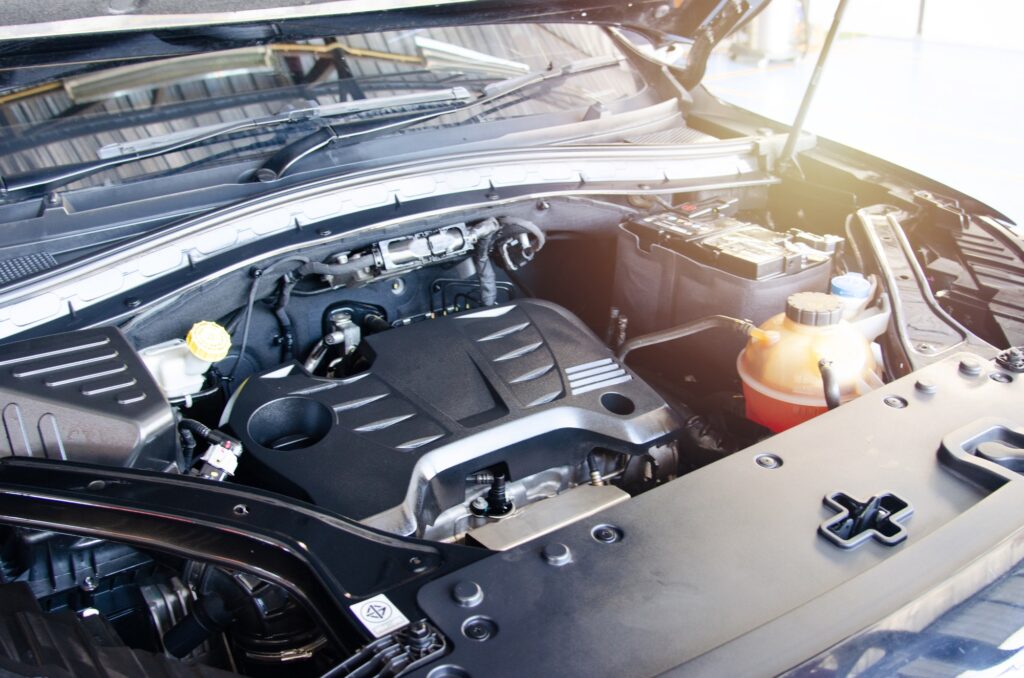When it comes to automotive performance, speed often steals the headline, but it’s torque that does the heavy lifting. This unsung hero of the car world plays a crucial role that is felt every time a driver accelerates from a stoplight or climbs a steep hill. Understanding the importance of torque in cars not only enhances one’s appreciation for automotive engineering but also informs better vehicle choices for specific needs. Below, we delve into the essence of torque and its pivotal role under the hood, shedding light on why this force is the real driving power in any automobile.
The Driving Force: Torque Explored
Torque, in the simplest terms, is a measure of the rotational force applied to an object—in this case, a car’s wheels. It’s the grunt that gets the vehicle moving from a standstill and determines how quickly it can accelerate. Torque is generated within the engine as a product of combustion, where the expanding gases push down on the pistons, turning the crankshaft and ultimately rotating the wheels. This force is typically measured in pound-feet (lb-ft) or Newton-meters (Nm), providing a quantifiable value to the twisting force that propels a vehicle forward.
The importance of torque becomes especially evident in situations demanding power over speed, such as towing heavy loads or navigating steep inclines. It’s here that torque-rich engines prove their mettle, offering the necessary oomph to move substantial weight. Although high horsepower figures are often flaunted, it’s the torque that determines how effectively that power can be utilized in real-world driving conditions. It’s the difference between the sluggish response of an underpowered car and the satisfying surge of acceleration in a torque-abundant vehicle.
Understanding torque also helps in comprehending how engines are tuned for different purposes. Sports cars, for instance, may have high-revving engines that deliver their peak torque at higher RPMs, offering exhilarating performance at the cost of everyday drivability. On the other hand, trucks and utility vehicles often have engines that produce torque at lower RPMs, prioritizing towing capacity and off-the-line grunt over top-end speed. This balance between torque characteristics and desired performance outcomes is a fine art in automotive design.
Torque’s Role Under the Hood
Beneath the hood, torque’s influence extends far beyond just moving the car. It also plays a significant role in the choices made in drivetrain design, including gear ratios, transmission choice, and even driveline components. These decisions are critical in determining how the torque produced by the engine is transferred to the wheels. A cleverly engineered drivetrain can optimize the delivery of torque, ensuring that the power curve complements the vehicle’s intended use, whether it’s for smooth cruising or off-road prowess.
The role of torque also affects fuel efficiency. Engines that generate ample torque at low RPMs can often operate in a more fuel-efficient manner, as they don’t need to be pushed hard to produce the required power. This characteristic is particularly valuable in larger vehicles, where the need for power must be balanced with the desire for reasonable fuel consumption. Manufacturers constantly strive to improve torque delivery while making engines more efficient, a challenge that has led to the development of turbocharged and hybrid powertrains.
Finally, torque has a direct impact on a car’s drivability and feel. A vehicle with a flat torque curve—that is, torque that’s available consistently across a broad range of engine speeds—offers a smoother, more predictable driving experience. This is not only convenient but also safer, as it provides the driver with a reliable response when accelerating or overtaking. The subtle yet significant role of torque in the driving experience is one that enthusiasts and everyday drivers alike come to value, often without even realizing it.
In the automotive arena, torque is the foundation upon which the thrill of driving is built. It shapes the very essence of a car’s character, influencing everything from acceleration and towing capacity to fuel economy and drivability. Understanding the significance of torque equips consumers with a deeper insight into vehicle performance, allowing for informed decisions that align with individual driving needs. Next time you’re behind the wheel, take a moment to appreciate the torque at work under the hood—it’s the true force that puts the motion in your drive.
Please rate this post

With over 20 years of experience in the car business, I’ve navigated the evolution of the industry from traditional sales to the dynamic digital age. My journey through various roles in both sales and management has endowed me with a unique perspective on the challenges and opportunities in automotive sales today.
As the founder of Shawn Ryder Digital, I combine my extensive background in technology with my deep understanding of the automotive industry. This synergy allows me to craft digital marketing strategies that are not just effective but tailored to the specific needs of each dealership. My commitment is to drive your sales, enhance your brand awareness, and ensure your dealership thrives in the digital landscape.
Here at Shawn Ryder Digital, we’re not just about providing services; we’re about building partnerships. As I often say, “In the fast-paced world of digital marketing, staying ahead isn’t just an option; it’s a necessity.”
Together, let’s embrace the challenges of the digital age and turn them into opportunities for growth and success. Join me in redefining the future of automotive digital marketing. Let’s accelerate your dealership’s journey to the top.
